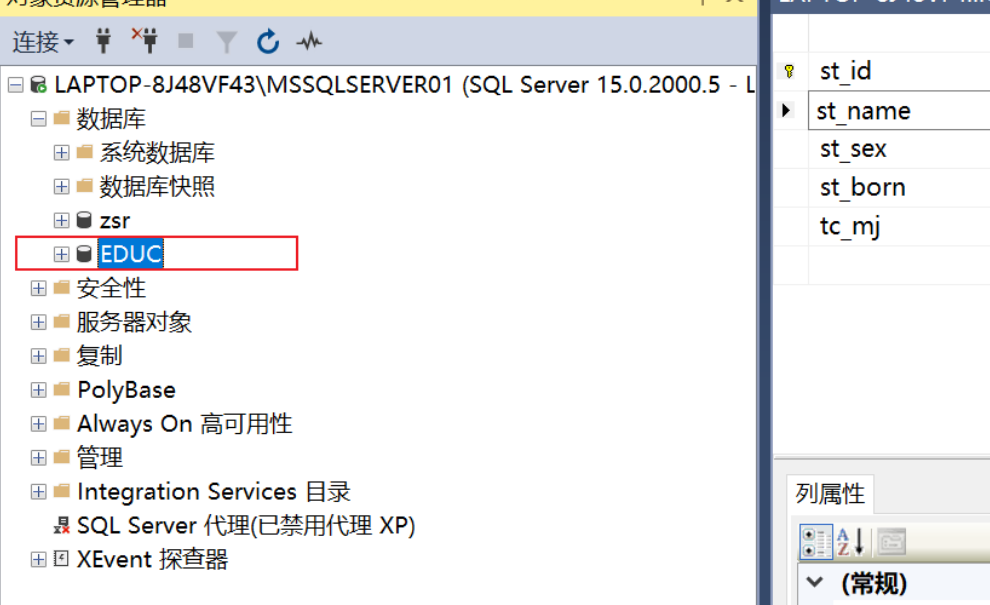题目
给你一个字符串 s 和一个 长度相同 的整数数组 indices 。
请你重新排列字符串 s ,其中第 i 个字符需要移动到 indices[i] 指示的位置。
返回重新排列后的字符串。
示例 1:

输入:s = “codeleet”, indices = [4,5,6,7,0,2,1,3]
输出:“leetcode”
解释:如图所示,“codeleet” 重新排列后变为 “leetcode” 。
示例 2:
输入:s = “abc”, indices = [0,1,2]
输出:“abc”
解释:重新排列后,每个字符都还留在原来的位置上。
示例 3:
输入:s = “aiohn”, indices = [3,1,4,2,0]
输出:“nihao”
示例 4:
输入:s = “aaiougrt”, indices = [4,0,2,6,7,3,1,5]
输出:“arigatou”
示例 5:
输入:s = “art”, indices = [1,0,2]
输出:“rat”
提示:
s.length == indices.length == n
1 <= n <= 100
s 仅包含小写英文字母。
0 <= indices[i] < n
indices 的所有的值都是唯一的(也就是说,indices 是整数 0 到 n - 1 形成的一组排列)。
来源:力扣(LeetCode)
解题思路
将indices和s中对应的元素捆绑,然后对indices进行排序后,输出s即可。
class Solution:def restoreString(self, s: str, indices: List[int]) -> str:d={}for i,j in zip(indices,s):d[i]=jreturn ''.join([d[i] for i in range(len(s))])








